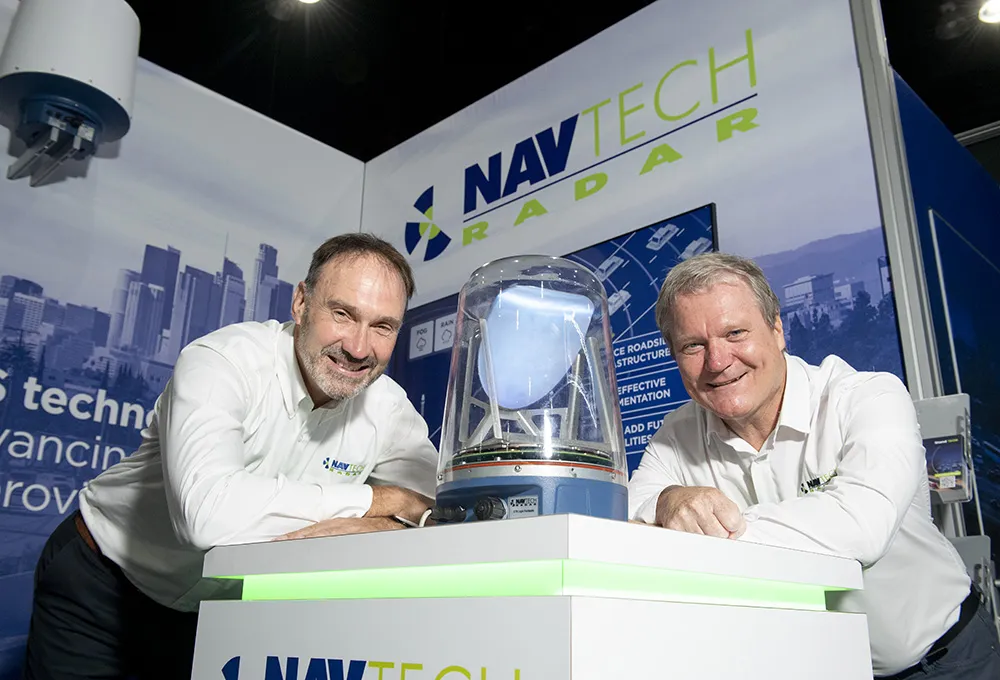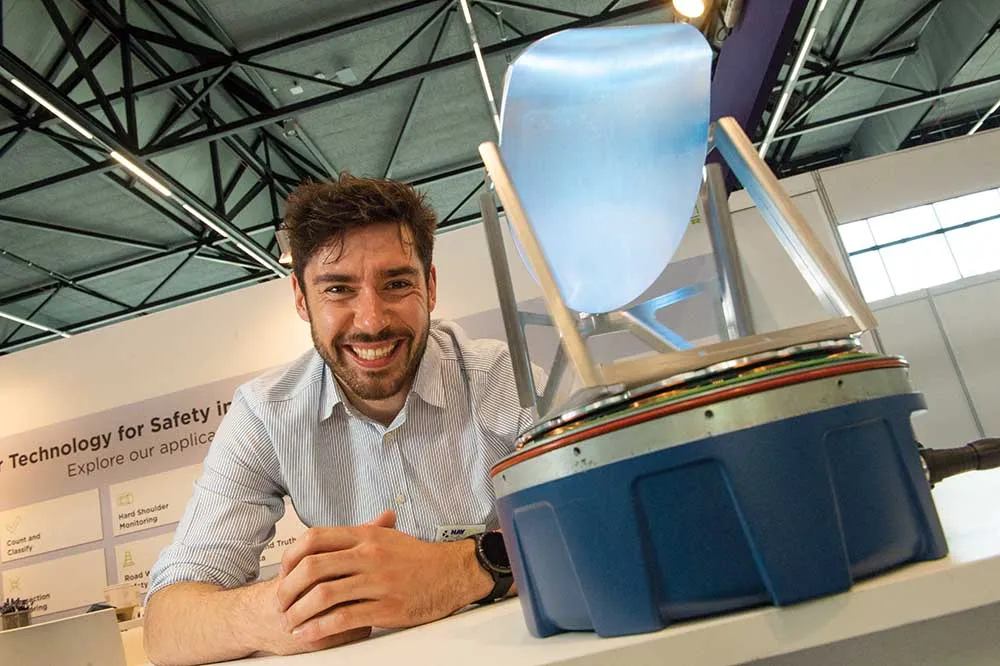Bringing together the two complementing technologies will, the new partners say, increase the sophistication and utility of existing traffic management and enforcement applications and open the way to new ones in the future.
Navtech’s ClearWay radar systems can detect vehicle, people and debris out to 500m through 360 degrees for a total diameter of 1km, and can do so in conditions which the company says will defeat video. The technology is now proven in operational conditions for Automated Incident Detection (AID), both in tunnel environments and to support 24-hour hard shoulder running in above-ground settings. The company has recently successfully tested a series of new applications in live conditions, including the ability to detect illegal lane changes and tailgating.
Home Office Type-Approved (HOTA) systems from Vysionics, meanwhile, form the backbone of average speed measurement operations in the UK and have been successful at improving safety and vehicle throughput in road works on strategic roads, for example. The company’s machine vision-based systems allow detailed analysis of image captures for a variety of uses far in excess of simple monitoring.
“Radar’s longer-range and true all-weather detection capabilities will allow the vision-based systems manufactured by Vysionics to ‘see’ much greater distances, enabling much more elaborate and capable enforcement strategies to be designed and implemented,” says Stephen Clark, Navtech’s co-founder and business development director. “Vysionics’ experience of the HOTA process will also be very useful in progressing new applications to market more quickly, resulting in more immediate, positive effects on road safety and congestion.”
Geoff Collins, sales and marketing director of Vysionics, echoes Clark’s sentiments: “ANPR is fantastic at tying what has been done to whom but there’s only so far that you can see with it. Radar is very good at identifying what, behaviour such as illegal manoeuvres, but not necessarily whom. It is very good at providing prompts for vision-based systems, however.”
“By tying radar and machine vision together, we’re going to be looking to produce far more intelligent solutions than the use of simpler doppler radar to trigger enforcement cameras, for example. Certain behaviours can be identified against not one but a series of thresholds,” Clark continues.
That anticipated increase in capability is timely, in that the proliferation of automated enforcement systems is leading to calls for less blunt, ‘black and white’ solutions and a demand for technologies which can echo the more sophisticated reasoning powers of humans.
“By packaging these two technologies together we can, for example, use illegal manoeuvres as a trigger. Box junction monitoring would be a typical application,” adds Collins, “and we can do so non-invasively as both radar and machine vision are above-ground technologies which are far easier and cheaper to install than older-generation detection and monitoring solutions.”
Over time, the companies anticipate that through a process of continuous learning even more sophistication can be derived. By having technologies which are inherently more data-rich, enforcement officers and road network managers will be able to work together to gain a better understanding of why road users behave in certain ways. They claim the result will be an enhanced ability to design road networks and management strategies which are more intrinsically safe than what is available at present.









